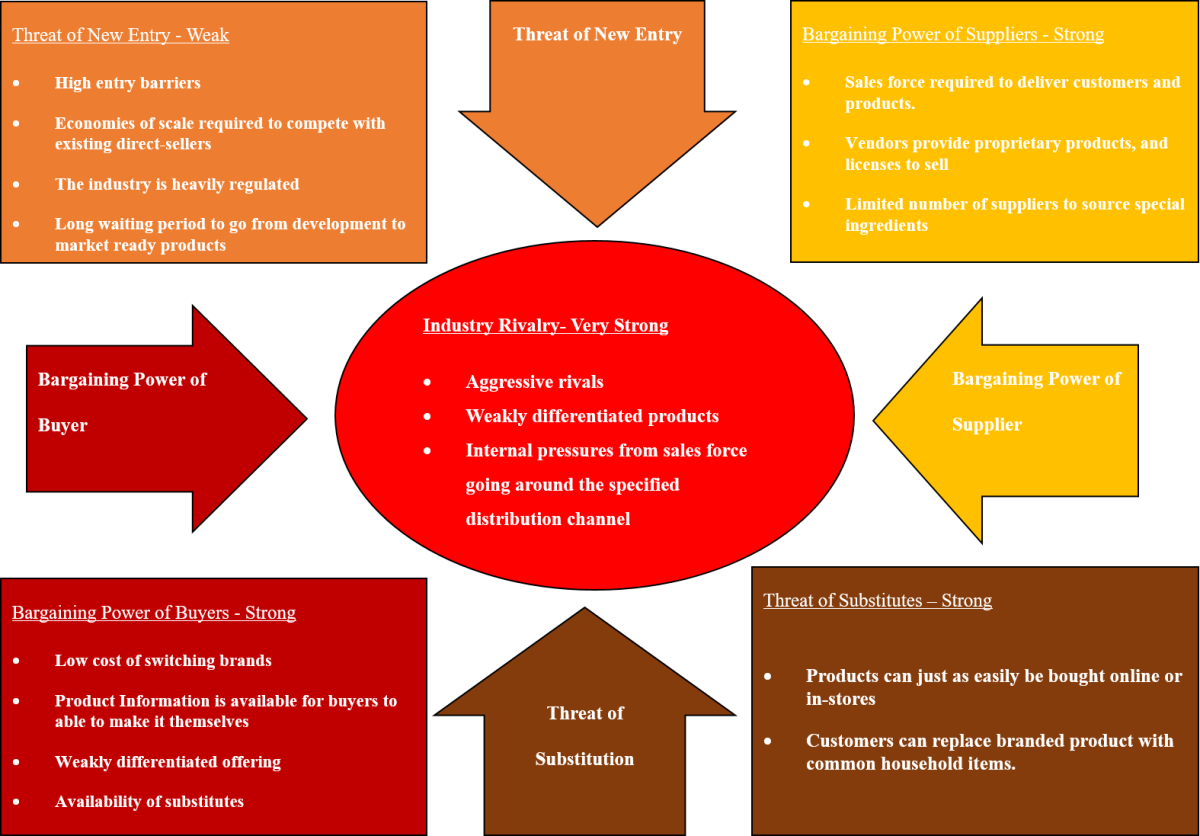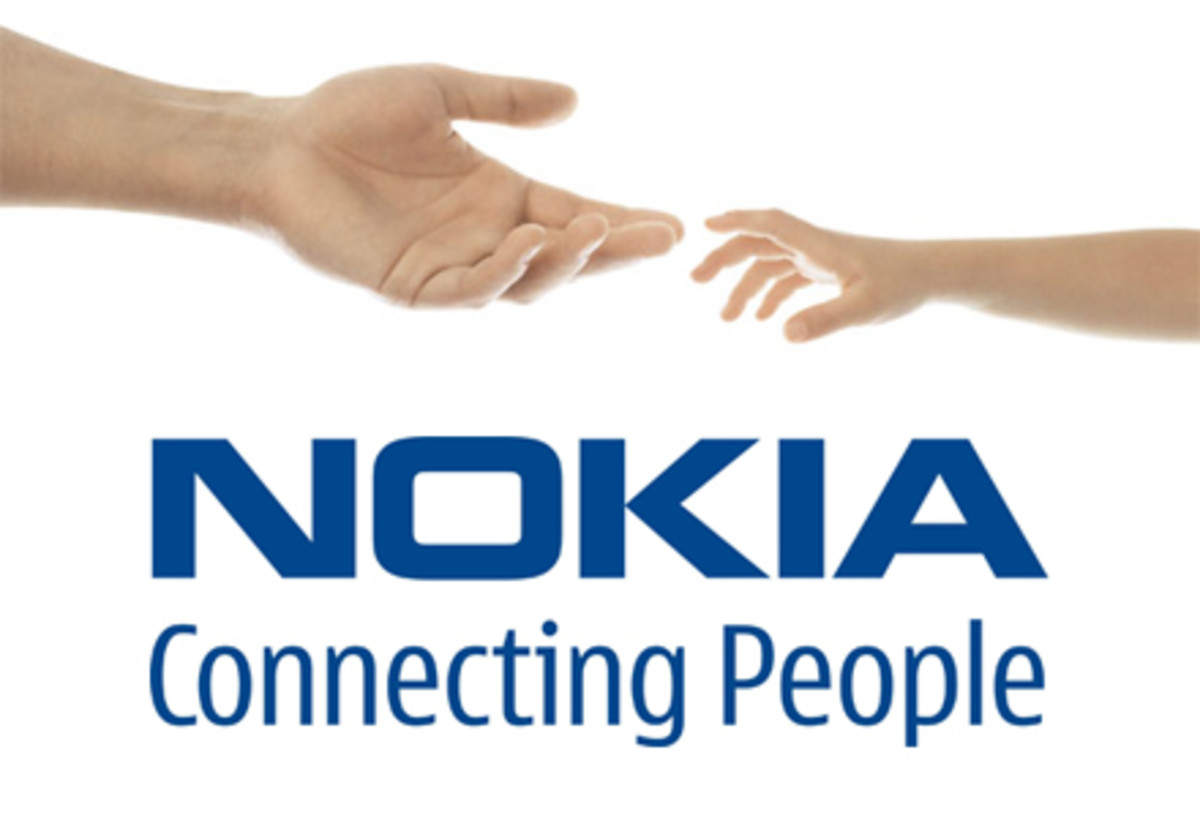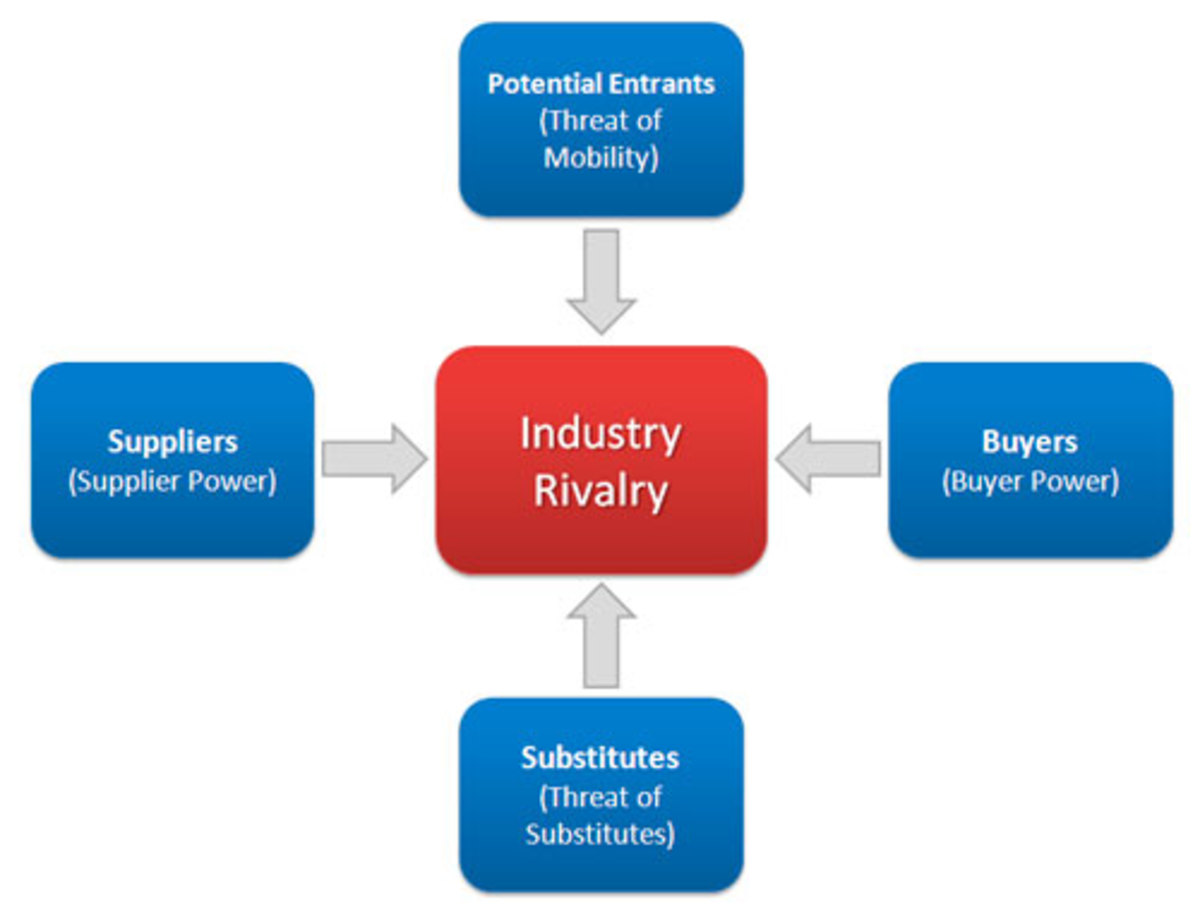Kodak - Shifting Focus from traditional Film to Digital Revolution
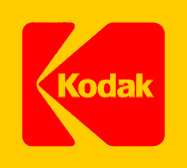
The first Kodak camera was launched in 1888, more than 120 years ago, with the simple slogan “You press the button. We do the rest.” Kodak launched its famous Brownie camera in 1900 and priced it at $1.00. With this, the photography market was opened to millions of people. They introduced the first pocket camera called Instamatic in early 1960s and smaller 110mm cameras in 1970s.




Kodak dominated the photography business throughout the 20th century. By 2000, Kodak was one of the most recognized and trusted brands in the world and many people referred to the company as “Big Yellow”.
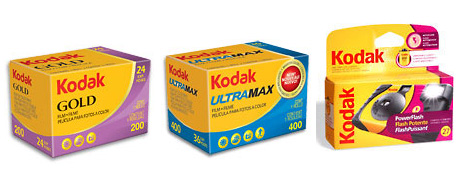
Negative impact after 2000
Daniel Carp who became the CEO in 2000, saw the new challenges the company was facing that would require it to rethink and redesign its business strategy. The company’s stock market price started coming down from the previous highest levels and the company began to lay off workers.
Competitors' Products




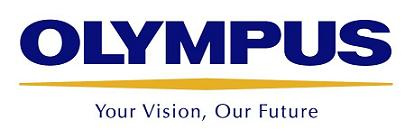

Cellular Phones with Digital Camera




The problems
- Kodak was the first company to produce a digital camera in 1976. But they were reluctant to develop the technology because the company thought consumers would be slow to adopt digital technology. Most importantly, the company thought that every sale of digital cameras would gradually kill the core business of the company i.e. producing film, photo-developing chemicals and light sensitive paper.
- Despite Kodak’s dominance in traditional photography, many competitors such as Fuji were exposing flaws in Kodak’s marketing and stealing market share.
- The attack on World Trade Centre on September 11, 2001severely depressed vacation travel and the associated picture taking.
- Competition from an unexpected source that is cellular phone manufacturers surprised Kodak. Nokia introduced the first cellular phone with built-in camera in November 2001. Although many people initially considered camera phones as something like toys, sales of camera phones in 2003 from all manufacturers topped 84 million units.
- People who owned digital cameras or cell-phone cameras were increasingly using their PCs to download and then print their own pictures on their printers.
Problems with photo
processing labs
When consumers wanted to develop pictures, they handed over their film rolls to local drug stores, departmental stores or photo shops. They were then sent to regional labs run by Kodak and others who produced the prints and returned them to the store for pick up. This process took several days. With the development of the self-contained photo lab, retailers were able to place a machine directly in their store to do everything related to photo processing. These labs allowed the retailers to offer a faster service. Fuji’s machines, in addition to handling traditional film, also allowed consumers to make prints from their digital camera memory devices. Since Kodak’s machines did not have this facility, Kodak began selling kits to allow its minilabs to handle digital prints but this gave a low quality print.
New strategies
In 2003, Kodak decided to re-evaluate its strategy and the company recruited a new COO, Antonio Perez who was responsible for HP’s rise to dominance in inkjet printers. He believed that Kodak’s future was in digital imaging business for consumers, businesses and healthcare providers. As a result, the company announced in September 2003 that the company would reduce its dependence on traditional film, boost investment in non-photographic markets and pursue digital markets such as inkjet printers and high end digital printing. This was a historic shift in its strategy. These moves have put the company in direct competition with entrenched competitors such as HP, Canon, Seiko, Epson, and Xerox. With this change in strategy, Kodak indicated that it would not make any long term investment in traditional consumer film. At the time of this announcement, traditional film and photography accounted for 70% of Kodak’s revenue and whole of its operating profit. The company estimated that by 2006, its traditional business would fall to 40% of revenues and 50% of earnings. As part of the shift in strategy, Kodak announced in early 2004 that it would abandon it APS camera business and stop selling reloadable film cameras in the U.S., Canada and Europe.
Some of Kodak's latest products

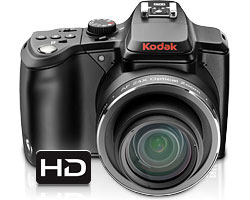
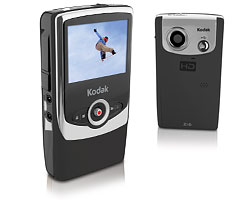
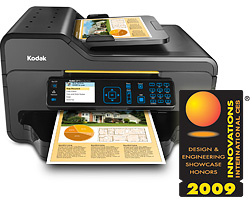
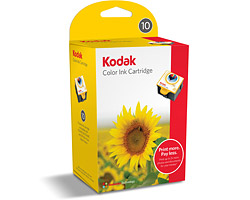
- Writing
successful Resume that leads to the interview
A Resume is a concise but comprehensive written summary of your qualifications including your academic, personal and professional achievements that shows why you are the best candidate for the job.
- Successful
job interview - Key points to follow
Job interview offers you an opportunity to gather more information about the organization and at the same time the organization is allowed to gather more information about you. You need to present your best self at the interview.
- Franchising
- more than a method of Technology transfer
Franchising is the practice of using another person's business model. The franchisor allows the independent operator to adopt the companys entire business format: its name, products, techniques, business methods, layout of premises and trademarks.
- Health
insurance in US - How it works
Health insurance is the type of insurance which pays for medical expenses incurred by a person. It may be provided by private insurance companies or through a social insurance program sponsored by government.
- Effects of high
inflation
Inflation means rising prices and it shows the increase in cost of living. In economics, inflation is explained as rise in the general level of prices of goods and services in an economy over a period of time.
- Interest
Rate A major economic force affecting financial plans
Rate of interest is the price of money which is lent or borrowed. It is always expressed as a percentage of the sum lent or borrowed. It is generally calculated on an annual basis.
- A
profit for not-for-profit organizations
Not-for-profit entities do not expect profits. They are established not for profits but to achieve different objectives of the society. But, can these organizations operate without identifying and satisfying the needs?
- Concerns
of the business manager in protecting environment
Protecting the environment is considered nowadays as a key issue affecting everyone. Business organizations are pressurized to ensure that the environment suffers minimum damage due to their processes, products and services.
- Objectives
of Public and Private organizations A comparison
Both public sector and private sector organizations have objectives and missions. But depending on the type of organization, there are differences between the public and private sectors of a country.
- Regulatory
Authorities Objectives and main activities
Regulatory bodies are established in countries according to the policy of the government with different types of authorities. Regulatory rules are designed to meet government objectives.
- Faster
than fastest method to make money online
"Learn how to make a fortune effortlessly while sitting in front of your computer at home." This quote was taken from one of thousands of emails coming daily to our email boxes. Have you done any research about them? Have you paid any money to them?
- What
is a Search Engine and how does it work
A Search Engine is a web site designed to search for information on the World Wide Web. What happens when someone enters a query into a search engine? The Search Engine then examines its index and displays a list of best-matching web pages.
- An
Overview of the Treatment of Mesothelioma
Mesothelioma is a type of cancer caused by exposure to asbestos.In Mesothelioma, malignant cells develop in the mesothelium which is a protective lining that covers most of internal organs in our body.
- Use of
Asbestos and the risk of Mesothelioma
Asbestos is a naturally occurring silicate mineral with long, thin fibrous crystals. The inhalation of asbestos fibers can cause serious illnesses including malignant lung cancer and Mesothelioma.
- Jollibee Vs McDonalds - Filipino burger kings fight against global giant
Jollibee is not a household name when it comes to the global market. But in the Philippines, its the king of the burger market.Jollibees menu and flavors are specially suited to Filipino tastes.
- Volkswagen Beetle car - Skillful Product Life Cycle Management
In year 1949 the original Volkswagen Beetle came to America.It became the most popular car in American history. Several decades later Volkswagen decided to rekindle the life cycle of this little car and in 1998 they introduced a new Beetle.
- Wal-Mart the ultimate retailer Always Low Prices
Sam Walton and his brother opened the first Wal-Mart discount store in 1962 at Rogers, a small town in Arkansas, USA. Today, Wal-Mart is not just the worlds largest retailer, but also the worlds largest company.
- Volkswagen Passat - Latest by the European Car maker
The success story of Valkswagen continues with the new Walkswagen Passat Car. Volkswagen has presented the new generation of one of the worlds most successful cars.
- Trading in Financial Markets
Financial market allows people to buy and sell financial assets such as financial securities like currencies, stocks and bonds. There are three or four types of financial markets in major financial centres throughout the world.
- The high-performance Nokia N900 mobile computer phone
Nokia has launched its latest high performance Nokia N900 mobile computer phone with Maemo technology. The concept behind the N900 has been to enable the user to experience a proper desktop-like experience in a pocket-size device.
- CASIO EXILIM G slim waterproof and shock-resistant Digital Camera
Casio has announced the release of CASIO EX-G1 shock-resistant, waterproof, dustproof digital camera on 18thNovember 2009. This is the first camera introduced by the company in the new EXILIM G series.
- Computer Integrated the Manufacturing - CIM
Computer-integrated manufacturing (CIM) is an umbrella term for the total integration of product design and engineering, process planning, and manufacturing by means of complex computer systems.
- CIM - Computer the Aided Design and Manufacturing
Computer-aided design (CAD) is an electronic system for designing new parts or products or altering existing ones, replacing drafting traditionally done by hand.
- CIM - Flexible Manufacturing the System
A flexible manufacturing system (FMS) is a configuration of computer-controlled, semiindependent workstations where materials are automatically handled and machine loaded.
- CIM - Numerically controlled the machines & Industrial Robots
Numerically controlled (NC) machines are large machine tools programmed to produce small- to medium-sized batches of intricate parts. Industrial robots are versatile, computer-controlled machines programmed to perform various tasks.
- CIM - Automated Materials the Handling
Materials handling covers the processes of moving, packaging, and storing a product. Moving, handling, and storing materials cost time and money but add no value to the product.
© 2010 Lasantha Wijesekera

